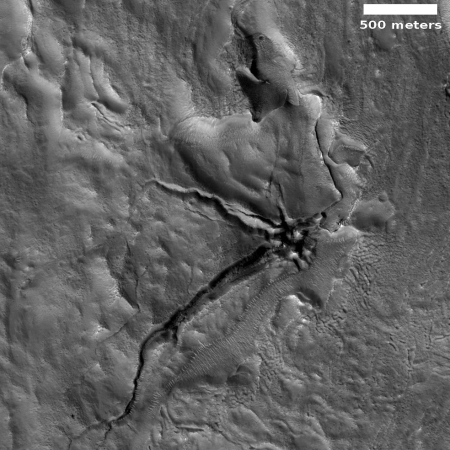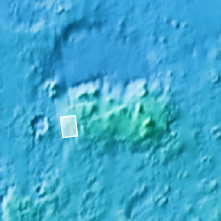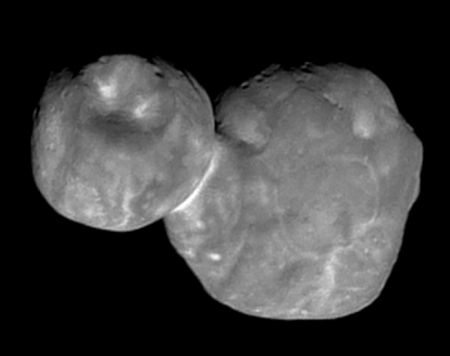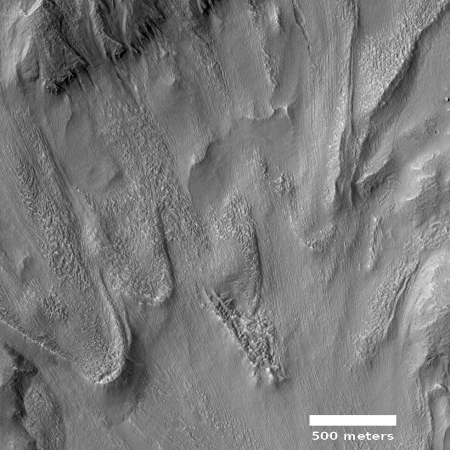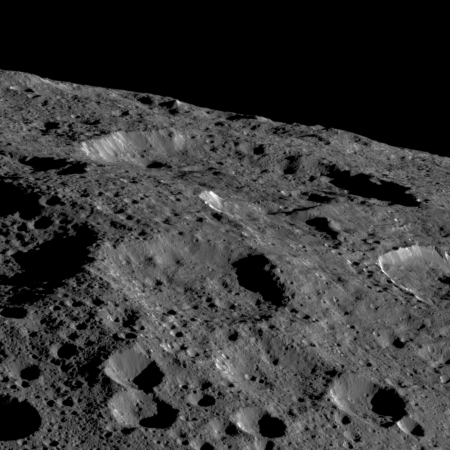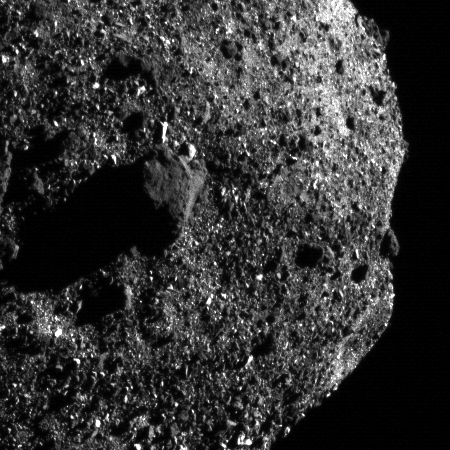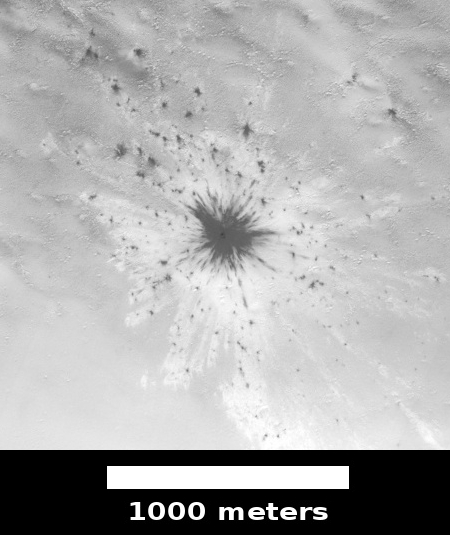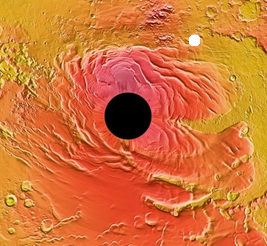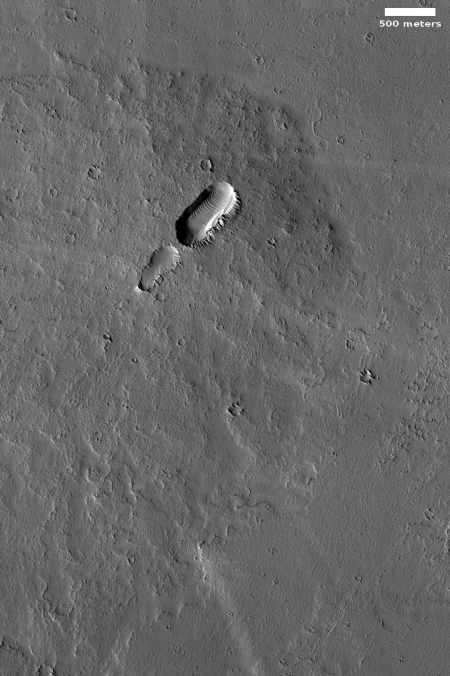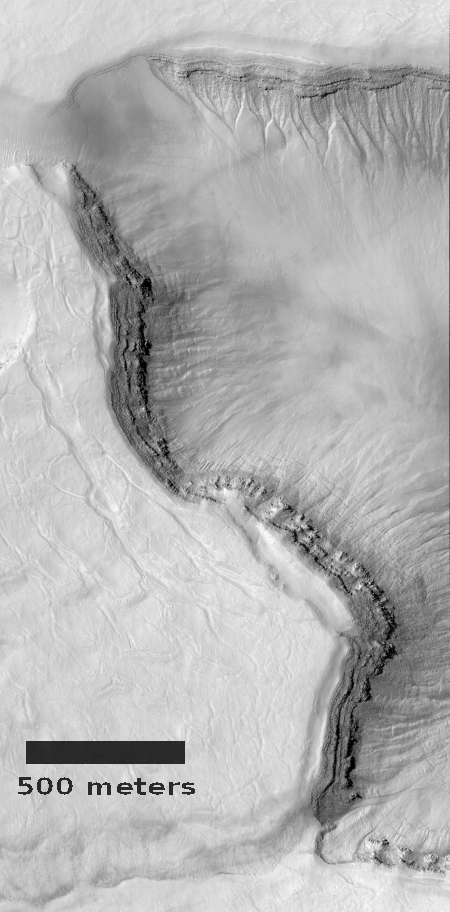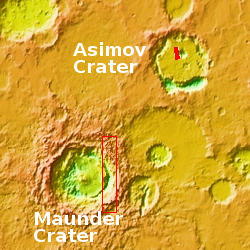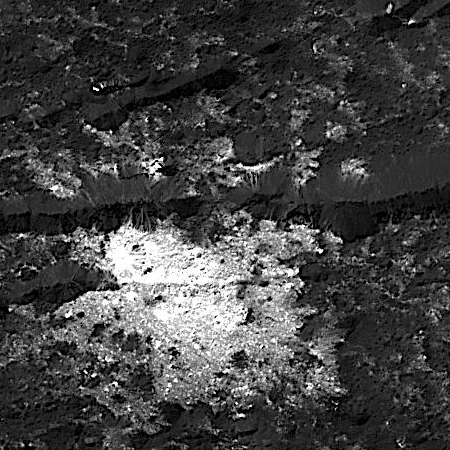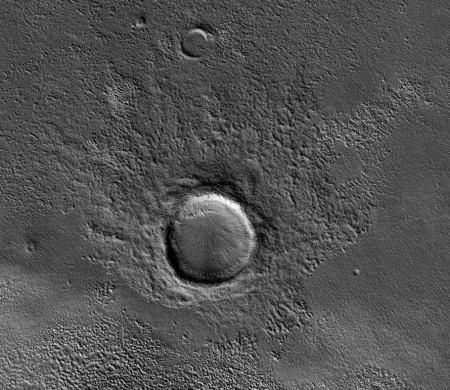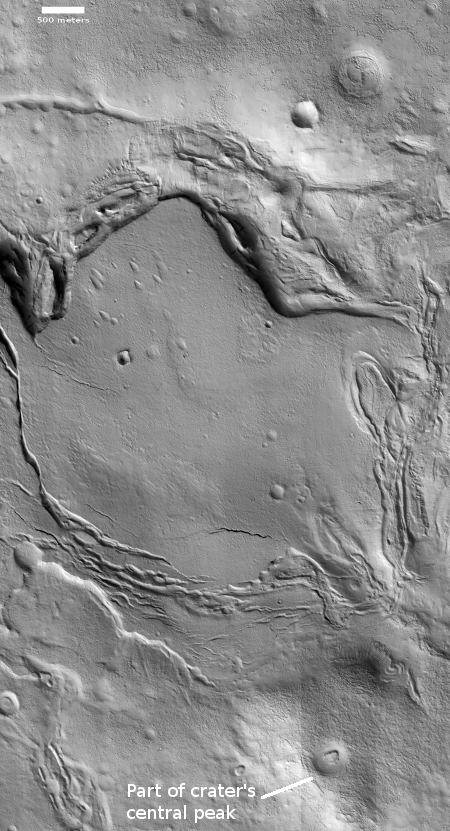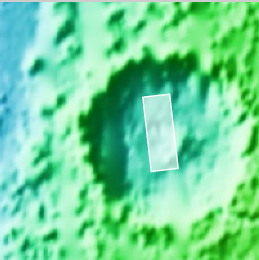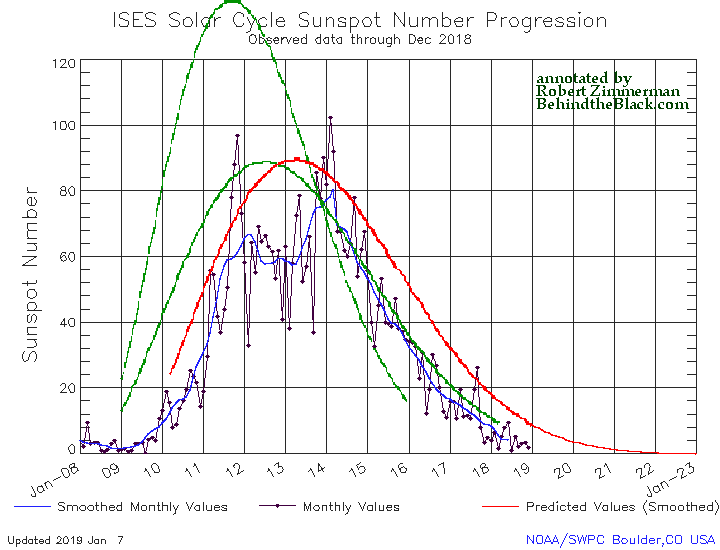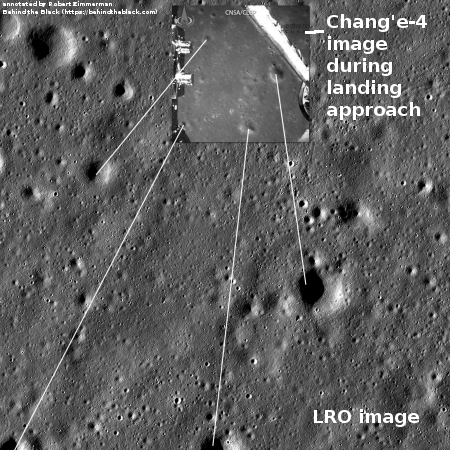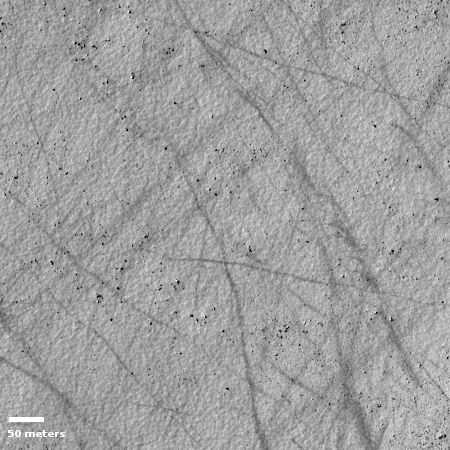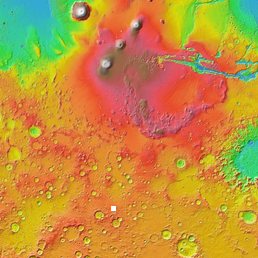Parker begins second orbit around Sun
The Parker Solar Probe has completed its first full orbit of the Sun and has begun full science operations.
On Jan. 19, 2019, just 161 days after its launch from Cape Canaveral Air Force Station in Florida, NASA’s Parker Solar Probe completed its first orbit of the Sun, reaching the point in its orbit farthest from our star, called aphelion. The spacecraft has now begun the second of 24 planned orbits, on track for its second perihelion, or closest approach to the Sun, on April 4, 2019.
Parker Solar Probe entered full operational status (known as Phase E) on Jan. 1, with all systems online and operating as designed. The spacecraft has been delivering data from its instruments to Earth via the Deep Space Network, and to date more than 17 gigabits of science data has been downloaded. The full dataset from the first orbit will be downloaded by April.
They have been somewhat tight-lipped about any results from the data already obtained. I suspect it has not yet been analyzed fully, and the scientists are reserving comment until they complete their first science papers and get them published.
The Parker Solar Probe has completed its first full orbit of the Sun and has begun full science operations.
On Jan. 19, 2019, just 161 days after its launch from Cape Canaveral Air Force Station in Florida, NASA’s Parker Solar Probe completed its first orbit of the Sun, reaching the point in its orbit farthest from our star, called aphelion. The spacecraft has now begun the second of 24 planned orbits, on track for its second perihelion, or closest approach to the Sun, on April 4, 2019.
Parker Solar Probe entered full operational status (known as Phase E) on Jan. 1, with all systems online and operating as designed. The spacecraft has been delivering data from its instruments to Earth via the Deep Space Network, and to date more than 17 gigabits of science data has been downloaded. The full dataset from the first orbit will be downloaded by April.
They have been somewhat tight-lipped about any results from the data already obtained. I suspect it has not yet been analyzed fully, and the scientists are reserving comment until they complete their first science papers and get them published.

